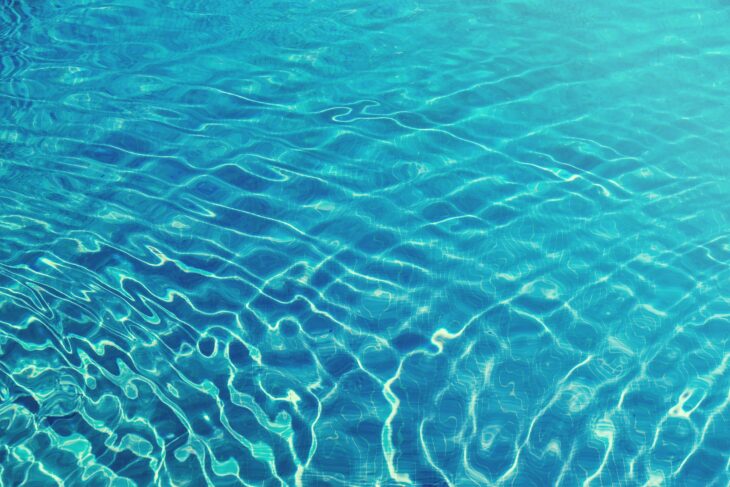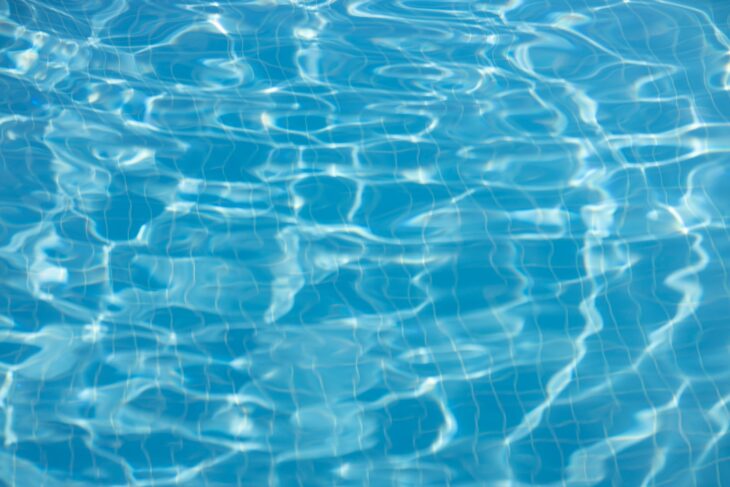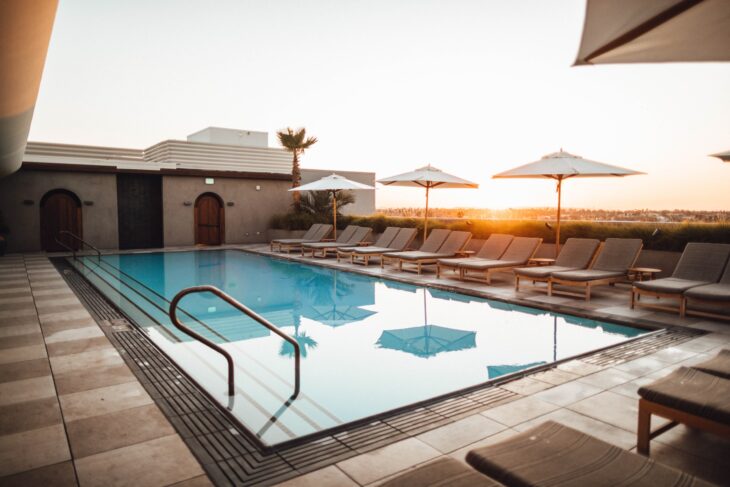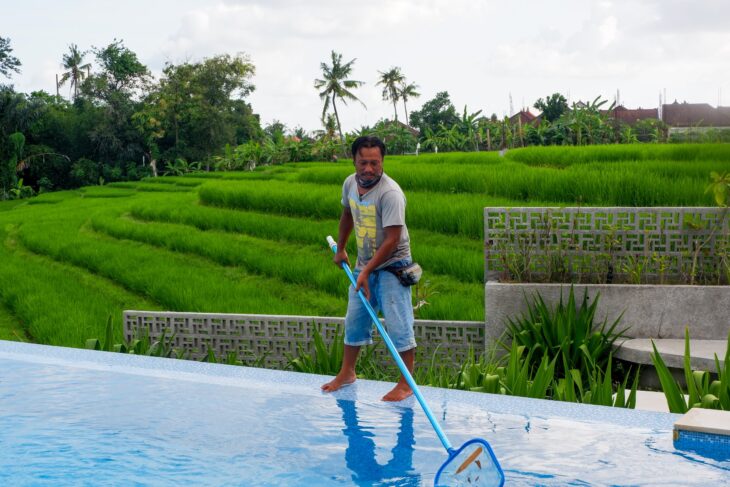Pools can be a great way of relaxation and fun when the hot strokes of summer start to hit our bodies. Swimming pools offer you immense relaxation and a chance to have some quality fun time with your family. However, there is one thing that stops at nothing to falter all your fun-time and swimming plans – an unclean pool.
No one likes to swim in a dirty swimming pool, especially those with a yellowish or greenish color and algae. That’s why you must keep your pool pristine and hygienic. A dirty pool is an open invitation to insects, dirt, and unwanted plant growth. There are many swimming pool alternatives that can reduce your cleaning duties considerably and you can click here to check them out.
The fact still remains that you yourself need to get out there and clean your own swimming pool by yourself if you want to keep it clean. This becomes more vital in the summer season because pools get dirtier at twice the rate in summer than monsoon or winters. But how exactly does one go about cleaning their swimming pool?
Well, in this article we’ll be giving you several tips and advice that you can follow to ensure a clean and hygienic swimming pool. Read the article to the end so that you don’t end up missing out on any crucial detail
Contents
1. Maintain balanced ph and chlorine levels

img source: unsplash.com
One of the most common mistakes many pool owners are guilty of is letting the water’s pH and chlorine levels irregulate themselves when they aren’t using it. Many people only balance the chemical levels of the water before swimming. However, while maintaining the chemical levels of the water ensures safety for your body, it also has one hidden benefit that most pool owners aren’t aware of – they eliminate bacteria and algae growth.
Thus, it’s vital that you maintain the chemical levels of the water all around even when you are not using the pool. The chlorine in the water fights bacteria and germs to keep your pool clean and a balanced pH level helps the chlorine in its task by acting as a catalyst for it. Not only do they keep your water shiny and silvery, but they also keep it hygienic and clean as well.
2. Determine the chemical levels and regulate them if they aren’t balanced

img source: unsplash.com
To determine if the chemical levels are balanced or not, you need to test their levels. Most pool owners have testing methods of their own but in case you don’t, you can easily buy one from anywhere. Test the water in your pool as frequently as you can. The minimum standard for the summer season is doing one test per week.
Examine the results after your testing is done to see if the levels are right. The chlorine levels should measure around 2 parts per million, not higher or lower than around that range. Similarly, your ph levels should be 7.2 to 7.8 – the most ideal range of pH.
If chlorine levels are high, add more water. At the chance they are low, add more, well, chlorine. Similarly, if the pH is too high, you need to add acids like HCl. If it’s too low, you need to add alkaline substances like Na₂CO₃. Yes, you might need to learn a bit of chemistry and science to maintain your pool but it’s a necessity if you want your pool to always be clean!
3. Clean your pool filters from time to time

img source: unsplash.com
To ensure that you don’t get contaminated water in the first place, there are filters installed in every pool that filter out the water coming through. This becomes more necessary in summer because individuals tend to use their pools more and summer seasons also lead to an increased insect population that tries to invade your pool.
As apparent, filters need to be cleaned from time to time otherwise their dirt matter will pile up and change the water pressure to undesirable changes. If your water pressure reading changes dramatically to a higher magnitude, it couldn’t be a better sign that your filter needs cleaning. Avoiding this not only increases the water pressure, which is especially harmful to small children in your family, but also makes the water foamy and cloudy.
One of the simplest ways to clean your swimming pool’s filter is by backwashing it. The process of backwashing is a very straightforward one. All you need to do is drain your pool, and send water from the other side of the filter. Think of how you send water from the other side of a strainer to clear out the clutter on the front side. This works great for average filters but for cartridges, the process gets more complicated and you might need professional pool cleaning services for that.
4. Skim and scrub

img source: unsplash.com
This is the least favorite of most pool owners and we totally understand that. Most people don’t want to skim their pools because it’s such a tiresome and boring job. The thing is, while it may be boring, it’s also one of the most necessary and easiest ways of avoiding a dirty pool. Unless you are ready to hire a professional pool cleaning service on a regular basis, skimming your pool is your best option.
Skimming once per 1-2 days can be sufficient to keep leaves and insects from submerging inside your pool and polluting it. You can even consider getting a vacuum for added extensive cleaning of the dirt that could be piled on the floor. However, if you skim regularly, a vacuum doesn’t need to be necessarily used.
When you are done with skimming, drain the water from your pool, get down and get scrubbing! It’s one of the most effective ways to clean your pool and eliminate any algae growth that may have gripped your wall. Doing it once per week is sufficient, however, you can increase doing it if you notice more algae growing inside your pool.
Conclusion
There are many extensive ways to keep your pool clean. If you want to have fun in your pool in the summers without the risk of diseases and infection, ensure that you follow these steps to keep your pool crystal clear! We hope this article helped you out and if it did, please consider following our website for regular updates as it will help us out immensely.
